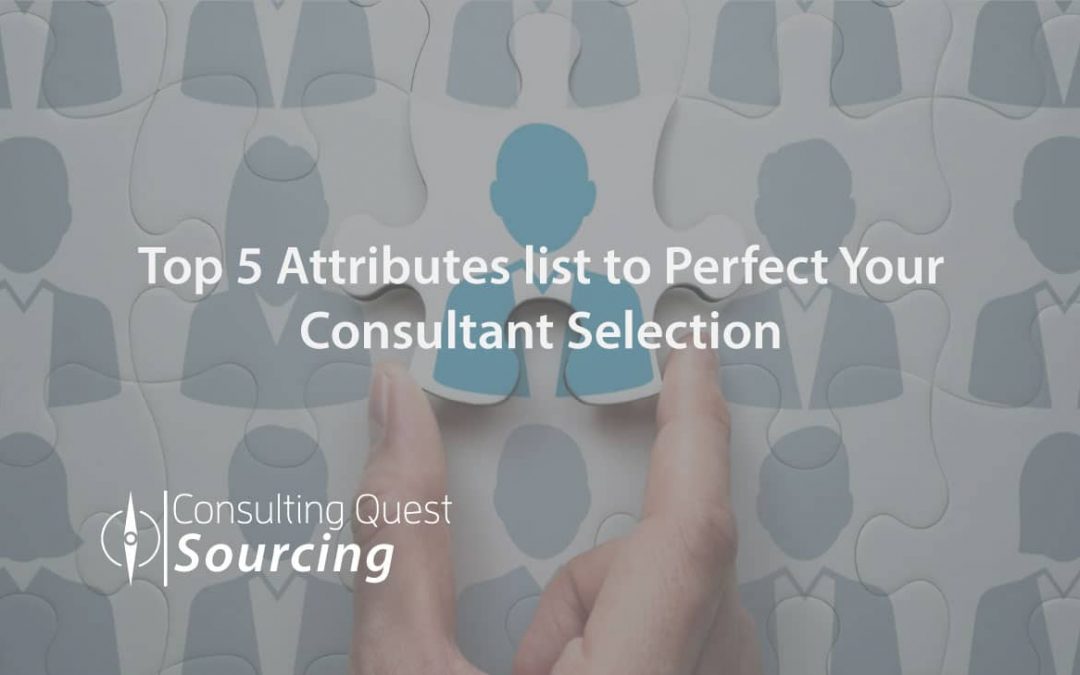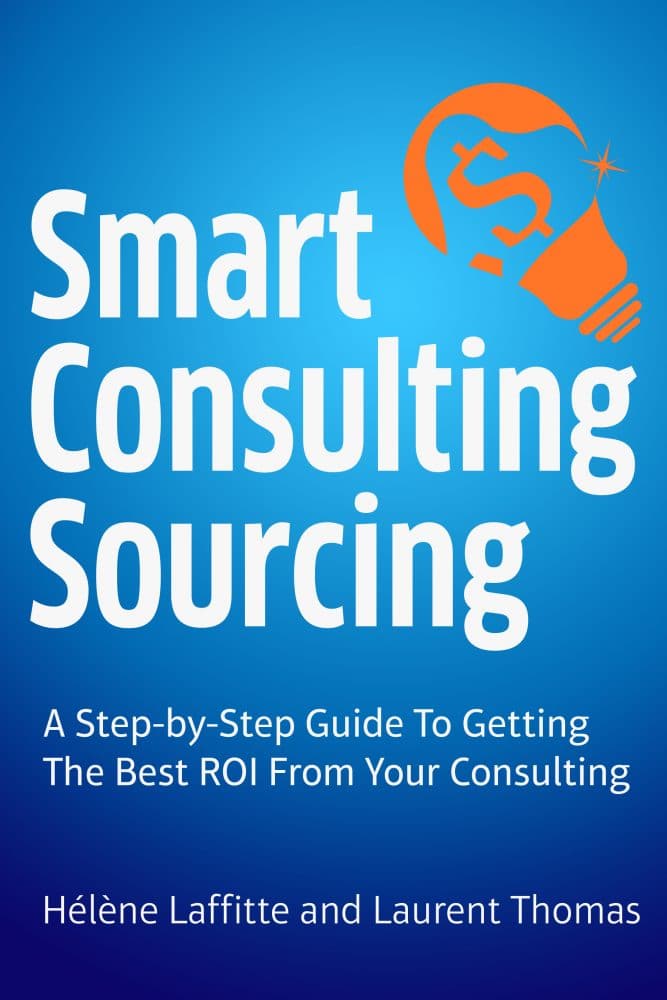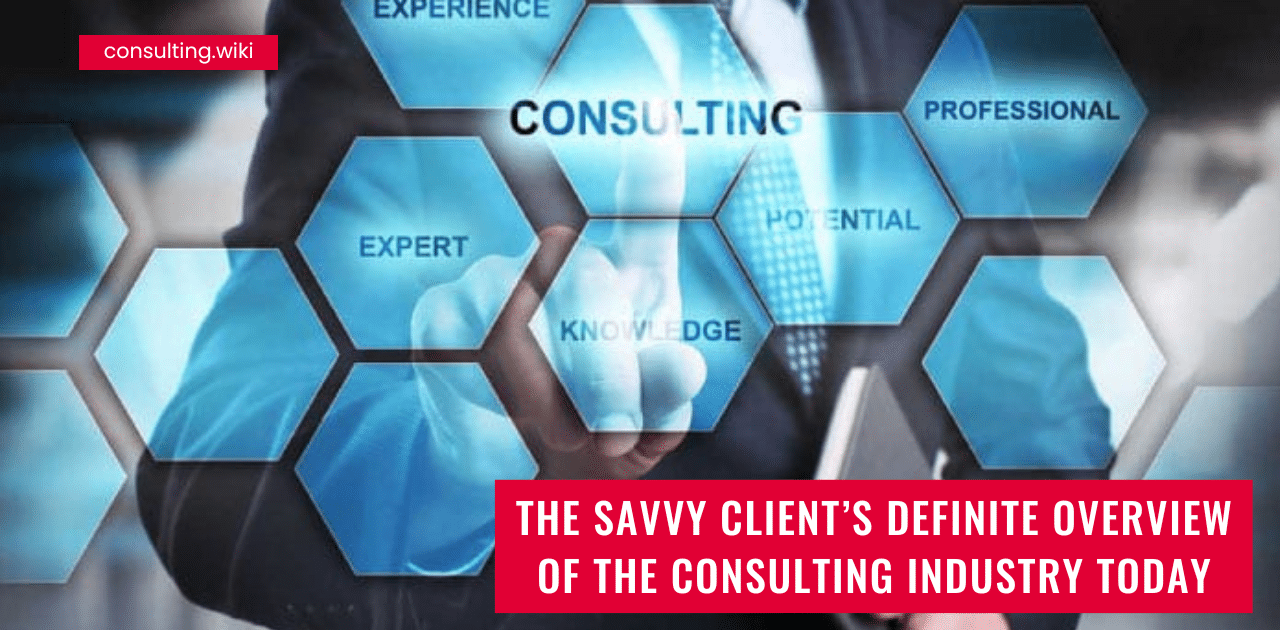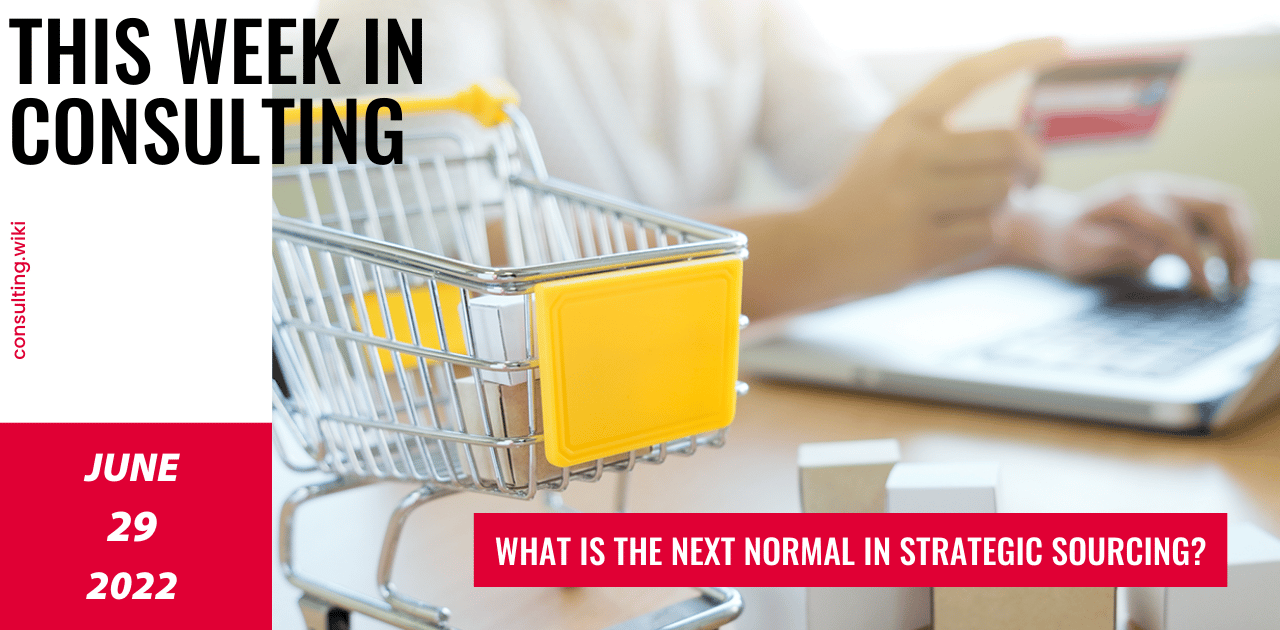
8 Main Trends to better implement Open Innovation
What we observe today on the market is a genuine “hunger” for open Innovation from all players. So it is a topic we like to explore in more detail.
One of the most interesting features of Open Innovation is that it is no longer a linear process. Today Open Innovation is part of an interconnected ecosystem where people, organizations, and sectors can nurture inspiration, idea-generation, collaboration, and validation of ongoing iterations all at the same time.
8 Main Trends to better implement Open Innovation
The linear process on average takes one to two years from idea selection, to implementation, and then to market introduction.
But there is a quicker non-linear route to Innovation and faster to market. And we see many companies that have started taking their innovation process to the next level, with quicker and shorter iterations, digital collaboration, and cycles of validation to create breakthroughs in traditional R&D areas, but also in business development or social initiatives.
Let’s take a look at these 8 main trends:
1. Use customer insights to validate ideas rapidly –
What if you were able to get thousands of employees, partners, and target customers involved to find the best solution validated by customer insights? Utilizing digital technology is the answer to that.
IoT seems to connect technology in a way that enables real-time customer engagement. Open innovation initiatives will become dynamically more collaborative to speed up the time-to-market of a product. Interactive methods infused with scalable technologies will allow companies to build up solutions based on customer insights rapidly. Through tech-enabled design thinking and well-defined short sprints, time-to-market will significantly shorten.
2. Build things faster with agile Innovation –
Introducing developments faster to the market also depends on being agile. As customer demands evolve quickly, there is an increasing need for shorter innovation cycles. Traditional project management for validating and implementing ideas falls short, and smaller, faster startups outpace bigger competitors.
READ ALSO
“The Capabilities are the services offered by consultants. They usually mirror the business functions that client organizations need to perform. This dimension is crucial to describe the work in consulting.. ”
3. Open innovation projects often include high risk and uncertainty –
Stage-gate type of Innovation may work best for incremental product development where details of what to build are given and where risk is minimal. However, enterprises are beginning to experiment with more agile processes.
With an agile approach, a potential solution is not researched for months but broken down to an MVP with multiple sprints of ideation, prototyping, and customer validation… This process allows for shorter iteration cycles and swift validation.
4. Integrate everyday Innovation into your company culture –
One-time success is not enough. To implement a sustainable innovation mindset, companies will need to start identifying new problems and opportunities, providing methods for creative problem-solving, design thinking, and guidance.
5. It’s not just for product development –
We need to recognize that open Innovation does not apply to just product development, but rather to any development where problem-solving is involved. That means basically everything. You will need to involve people from all kinds of areas of the organization with all sorts of different skill sets. The best way to do that is to invite participants for short sessions of design thinking or ideation where they can experience higher productivity than in a traditional meeting.
6. Design an all-inclusive process –
The key to success here is to design a process where a diverse, highly motivated group of employees, customers, or partners collaborate, using design thinking and agile infused methods to build on customer insights.
7. New drive towards collaborative Innovation –
Many industries today are embracing open Innovation and co-creation. And logically, in engineering-intensive industries, Innovation is key to competitive advantage. Still, R&D sectors are predominantly strong in their Innovation, but many organizations channel their investments toward more collaborative Innovation too.
8. The Large-small company balance –
Large companies are often struggling to explore disruptive ideas as they focus on their core business. On the other hand, some companies have great ideas but are not always equipped to develop and commercialize them.
Sharing with your suppliers your unmet needs can be mutually beneficial, as you will have the opportunity to influence their research efforts.
There can be a significant value associated with knowledge, ideas, and technologies. That value can come from all levels of the value chain, from customers to suppliers, academics, and even competitors.
You can access ideas beyond the scope of your proprietary research. As a result, you will be able at the same time to reduce development costs, create new markets, and boost the returns on your research investments.
Consulting sourcing tips

How to negotiate framework agreements for consulting to your advantage?
How to negotiate framework agreements for consulting to your advantage?

Make-or-buy for consulting services 101
Make-or-buy for consulting services 101

How to Hone to Perfection Your Consultant Selection with Our Top 5 List of Attributes
You are moving forward with the project and close to making a final selection of your Consulting provider. Based on the proposal assessment described in one of our previous articles, you should now have a good sense of what the Consultant can do for you, on paper.
Previous Weeks’ issues

Holiday Season Reflections: Top Themes in Consulting 2024 | This Week in Consulting
In this edition of this week in consulting, we embrace the holiday season by reflecting on 2024’s key trends like generative AI, sustainability, and social impact.

The Changing Tide of International Trade | This Week in Consulting
In this edition of This Week in Consulting, we explore how regions contribute to global trade, the challenges they face, and the opportunities to adapt amid shifting geopolitics and policies.

Digital Transformation Decoded: Challenges, Insights, and Opportunities | This Week in Consulting
In this edition of This Week in Consulting, we delve deep into the challenges and opportunities of digital transformation across industries, offering insights to strategize, adapt, and lead.
Choose the best next step for you
Buy the Book
Talk to us
Hélène Laffitte is the CEO of Consulting Quest, a Global Performance-Driven Consulting Platform and author of “Smart Consulting Sourcing”, a step by step guide to getting the best ROI from your consulting. With a blend of experience in Procurement and Consulting, Hélène is passionate about helping Companies create more value through Consulting.







